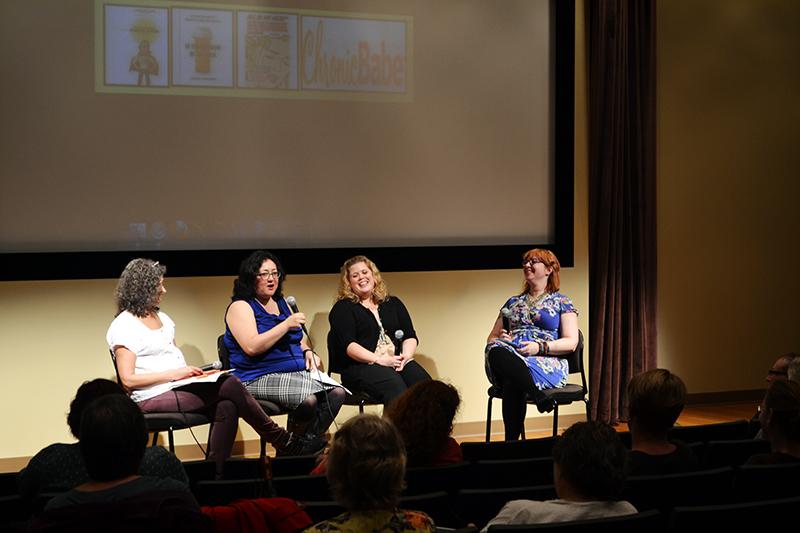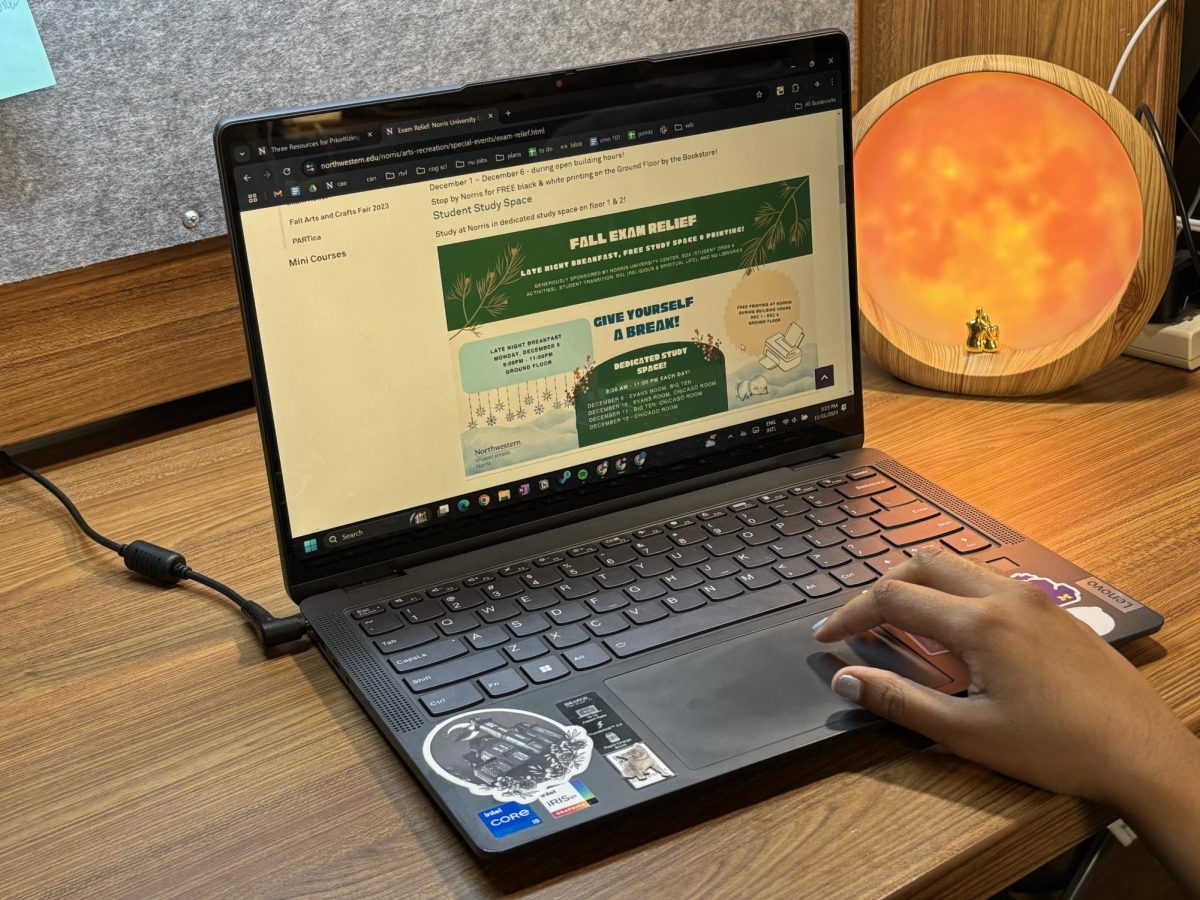The Center for the Writing Arts hosted a panel Tuesday on the importance of raising awareness for chronic illnesses through writing.
Titled “The Chronic Question: Writing about Illness,” the panel featured four authors, each battling chronic illness, who shared how writing about their experiences changed their lives.
Jenni Prokopy, an award-winning writer who created the blog ChronicBabe.com, moderated and participated in the panel, which took place at Annie May Swift Hall. Prokopy suffers from fibromyalgia, a condition that causes chronic pain.
Prokopy said her goal was to turn writing about chronic illness from something that is considered a negative into a positive. Chronic illness literature is a resource Prokopy said she wishes she had when she was younger.
“(We) talk about a very important topic that is making quite the impact on the literary world,” she said. “We talk about this in The New York Times best seller now.”
Stacy Oliver, assistant director of the center, said she organized the event because she also noticed the growing popularity of chronic illness literature.
Chronic illness writers Sandi Wisenberg, Paula Kamen and Laurie Edwards joined Prokopy on stage. Each panelist explained her decision to write about her illness.
Edwards, who started writing about her own sickness after accidentally being put into a nonfiction workshop, said she viewed chronic illness as a social construction.
When people think of chronic illness, they think of older people who need oxygen to walk up the stairs — not a woman in her 20s, Edwards said. She discussed the need to raise more awareness about young women with chronic illness and the different attitudes toward chronic illness along gender lines. When men go to the hospital, they are sent home with painkillers, but women are sent home with antidepressants, Edwards said.
Kamen, who has chronic migraines, said she realized how little funding there was to do research, noting that there has been no innovation in the last 20 years toward a cure for chronic migraines. This inspired her to write a book to help others relate to her experience.
She did acknowledge that today a diagnosis is easier than it has been in the past. Even more doctors were men, Kamen said, and many overlooked women’s unseen symptoms.
“If they talked about their illness and it was invisible, then it wasn’t considered to be real to begin with,” Kamen said. “It was a diagnostic criteria.”
In a question-and-answer session after the panel, audience members raised questions over whether the gap between the start of an illness to its diagnosis was due to institutional incompetence or the difficulty of diagnosis.
Panelists agreed it was a combination of both. All the authors said they were not diagnosed until adulthood. Their doctors had difficulty diagnosing them, but institutional incompetence was also a factor because they were often dismissed or only given aspirin.
Oliver said the event surpassed expectations, praising attendees for asking insightful questions and responding to each other. She called the back-and-forth an “empowering moment for the audience.”
Email: [email protected]













